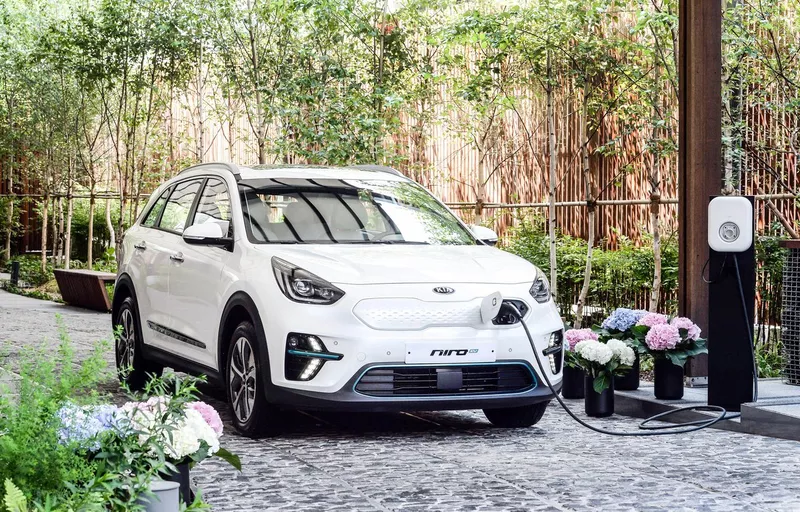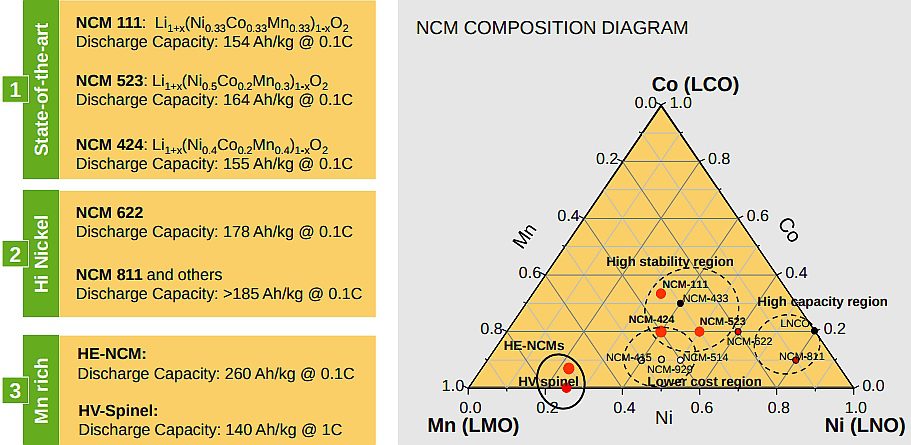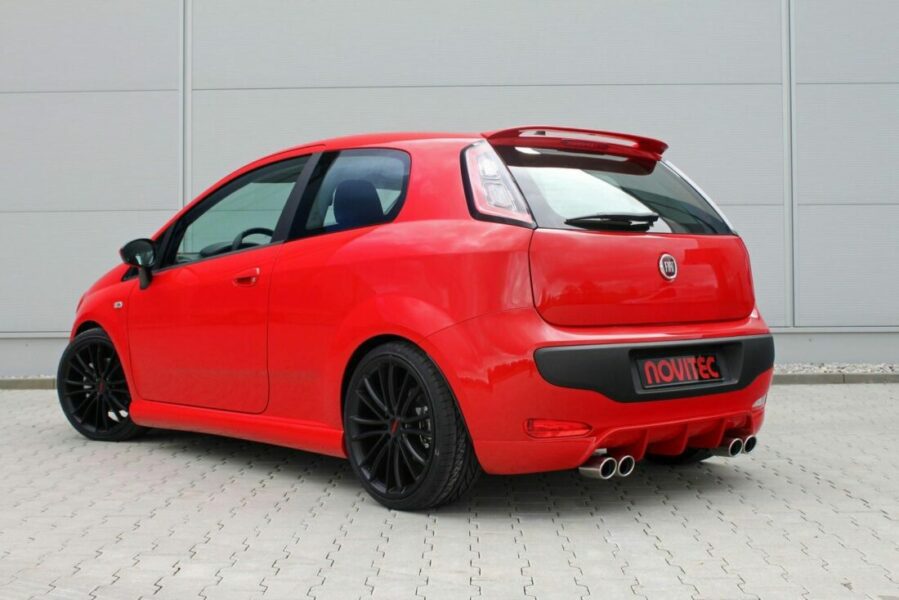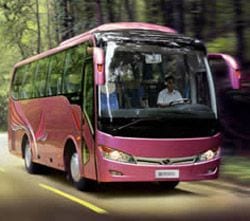
New generation battery cells: Kia e-Niro with NCM 811 from SK Innovation, LG Chem relies on NCM 811 and NCM 712
Content
The PushEVs portal has prepared an interesting list of cell types that will be produced by LG Chem and SK Innovation in the near future. Manufacturers are looking for options that offer the highest capacity with the lowest possible content of expensive cobalt. We've also expanded the Tesla list.
Table of contents
- Battery cells of the future
- LG Chem: 811, 622 -> 712
- SK Innovation and NCM 811 in the Kia Niro EV
- Tesla I NCMA 811
- What's good and what's bad?
First, a little reminder: the element is the main building block of the traction battery, that is, the battery. The cell may or may not function as a battery. Batteries in electric vehicles are composed of a set of cells controlled by the BMS system.
Here's a list of technologies we'll be tackling in the coming years at LG Chem and SK Innovation.
LG Chem: 811, 622 -> 712
LG Chem already produces cells with NCM 811 cathode (Nickel-Cobalt-Manganese | 80%-10%-10%), but these are used only in buses. The third generation of cells with higher nickel content and lower cobalt content is expected to provide higher energy storage density. In addition, the cathode will be coated with graphite, which will speed up charging.

Battery technology (c) BASF
NCM 811 technology is used in cylindrical cells., till in the sachet we are still in technology NCM 622 - and these elements are present in electric vehicles... In the future, aluminum will be added to the sachet and the proportions of the metal will be changed to NCMA 712. Cells of this type with a cobalt content of less than 10 percent will be produced from 2020.
> Why does Tesla choose cylindrical elements when other manufacturers prefer flatter elements?
We expect the NCM 622, and ultimately the NCMA 712, to go first to Volkswagen vehicles: Audi, Porsche, possibly VW.

Bags of LG Chem - in the foreground on the right and deeper - on the production line (c) LG Chem
SK Innovation and NCM 811 in the Kia Niro EV
SK Innovation starts production of cells using the latest NCM 811 technology in August 2018. The first vehicle to be used is the electric Kia Niro. Cells can also upgrade to Mercedes EQC.
For comparison: Hyundai Kona Electric still uses NCM 622 elements manufactured by LG Chem.
Tesla I NCMA 811
Tesla's 3 cells are likely manufactured with NCA (NCMA) 811 technology or better. This became known in the course of summing up the results of the first quarter of 2018. They are in the form of cylinders and ... little is known about them.
> 2170 (21700) cells in Tesla 3 batteries are better than NMC 811 cells in _future_
What's good and what's bad?
In general: the lower the cobalt content, the cheaper the cell production. Thus, the raw materials for a battery with NCM 811 cells should be less expensive than raw materials for a battery using NCM 622. However, 622 cells may offer higher capacity for the same weight, but are more expensive.
Due to the rapidly growing price of cobalt in world markets, manufacturers are moving towards 622 -> (712) -> 811.
Note: some manufacturers use the NCM marking, others NMC.
Above: SK Innovation NCM 811 sachet with electrodes visible on both sides.
This may interest you:

